How to make dubstep in 2011

Like many in electronic music, dubstep is a genre that's constantly evolving. So although there are already plenty of dubstep tutorials on MusicRadar, there's always room for another one that reflects the scene as it stands today.
So we present 17 tips for anyone who's making dubstep right now. For a comprehensive guide to dubstep production in 2011, check out the November issue of Computer Music (CM171) which is on sale now.
Pick the notes first
If you're having trouble writing riffs and basslines, make the writing process easier by carefully picking notes on the scale to restrict yourself to. You don't have to be Mozart to know which notes to go for; just test which sound good together. Once you've done that, all you really need to do is come up with an order and a rhythm for them.
Ask the synth
Don't bang your head against the wall trying to come up with musical ideas. Dubstep is largely about mood and texture, so you can draw inspiration from the sounds you're writing for. Which notes sound best? What happens when you automate different parameters? Find out what sounds the most interesting on a given synth part, then let that synth's natural qualities guide you towards a killer riff or bassline.
Roll with simplicity
If you're desperately stuck with terrible writers' block and you need to move on before you give up on the track completely, throw something simple in. Give yourself permission to be less picky (temporarily). Even if your initial idea is boring or not too original, it can serve as the foundation upon which you build your other ideas, and there's no reason you can't remove or rewrite the boring bit later.
You could even elaborate on those boring beginnings by approaching your track like a remix. Experiment with modifying those ideas until something sparks your creativity.
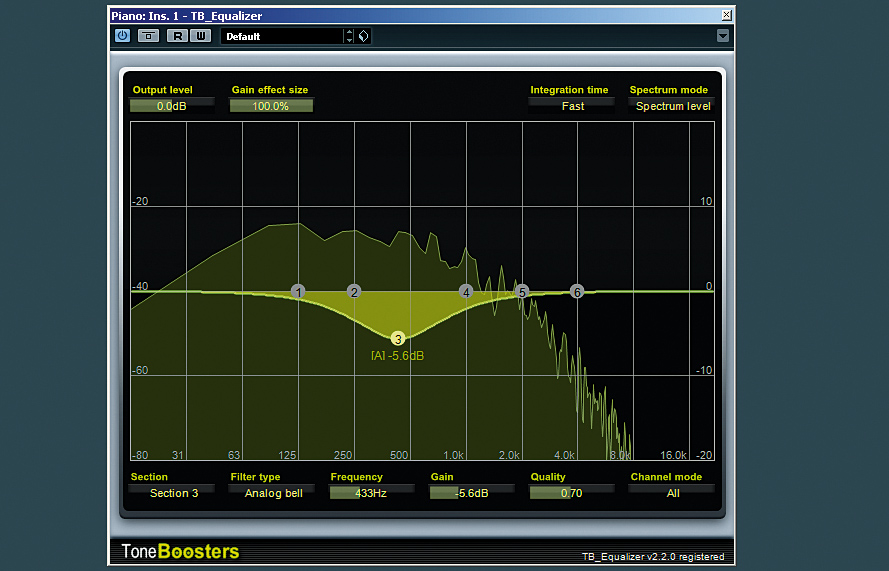
Clear mud to create filth
Dirty, grimy, filthy bass sounds require a lot of energy in the lower mid-range area, otherwise they don't sound hard or fat enough - but you should avoid boosting excessively here with an EQ. Instead, make modest cuts in the range from approximately 300-500Hz on any sounds that play simultaneously with your ugliest bass timbres.
Get the MusicRadar Newsletter
Want all the hottest music and gear news, reviews, deals, features and more, direct to your inbox? Sign up here.
The common error is to high-pass everything, but this will cause the mix to sound thin and disjointed in no time.
Cleaning envelopes
Even in a dubstep mixdown, a bit of subtle filter movement can be crucial for cleaning out unwanted frequencies and freeing up space and headroom in the mix. Experiment with filter envelopes on all sounds. A gentle high-pass on an envelope can clean up the body of a snare sample (leaving the attack nice and weighty, mind). A gentle low-pass can rid its tail of harsh, scraping frequencies that you don't want to build up in the mix.
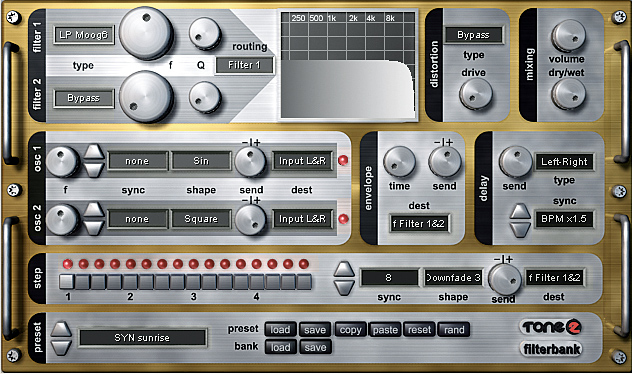
Give each sound a range
Keep the note range of each part to a minimum. The larger the range of notes, the tougher it is to keep under control in the mix. You don't want to EQ it in a way that works for the lower registers and not the higher ones, and you certainly shouldn't compromise both. To seriously fatten your sounds up, layer new sounds with them in higher or lower octaves.
Separate in the stereo field
Some of the early dubsteppers and veterans of the drum 'n' bass scene seem to have carried over a club- and vinyl-friendly tendency to keep most of their mix in mono, but most have realised that the stereo field is full of opportunity. Keep your bass, drums and synths in different parts of the stereo field to give them even more distinction and separation (for example, drums more mono, bass fairly wide, synths extra wide).
Learn your wave times tables
Some would say that the basic analogue-style waveforms are getting a bit long in the tooth now, and that the most interesting sounds are based on digital spectral waveforms, as found on countless synths, including the ever-popular Cakewalk Z3TA+, Native Instruments Massive and LinPlug Albino. So, get to know these incredibly powerful tools.
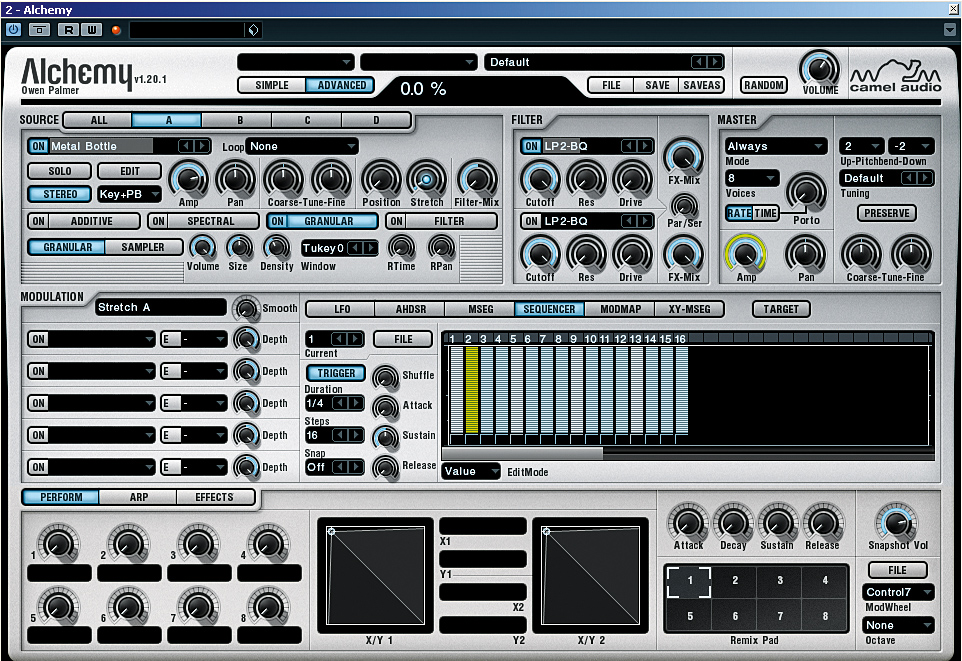
Granulise everything
Granular synthesis is one of the coolest-sounding synthesis methods, and it's easier to learn and use than you might think. For a gold mine of inspiration, simply go through synth presets and sample them, then push them through your favourite granular instrument later. With a bit of experimentation, you can easily expect to pull out a dozen or so great new sounds for every one you feed in.
Play with tension
There are endless different ways to implement build-ups in a dubstep track. You can roll the drums like a hard dance track, you can build reverb send levels like in a progressive house track, you can introduce a rising synth, filter white noise, or you can bring in a gigantic reversed reverb sound. Just make sure you build the tension appropriately before an explosive drop and don't repeatedly rely on the same trick or cliché. Always tailor-make your builds for each track.
To breakdown or not
Not all dubstep productions utilise the breakdown, although it's one of the most useful arrangement tools across the whole spectrum of dance music. With this in mind, don't automatically assume a breakdown is needed; instead, think about how you can build and drop energy levels appropriately without taking a breather from the drums. Also, think about putting a breakdown in an unexpected place. We're not suggesting that you mess up the DJ with dodgy bar numbers or anything like that, but you could try holding off on the break until the middle of the track, for example.
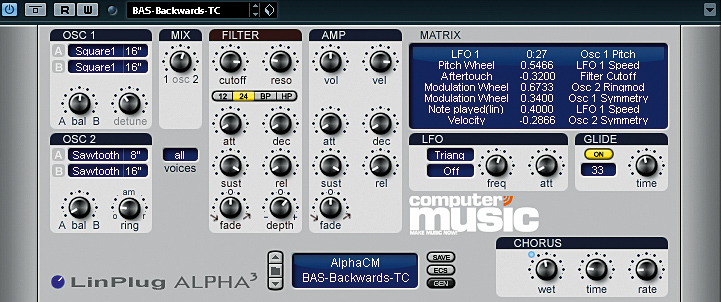
Move, move, modulation
The human ear doesn't like to hear rigid, unchanging waveforms in music; it responds far better to textures that are constantly evolving in some way or other - even if those changes are extremely subtle. This is one of the big benefits of using real analogue synths, but if you program subtle motion into your sound's filter, pitch, pulse width, waveform and whatever else you can think of, the benefits of software's flexibility quickly becomes apparent.
Size matters
When it comes to track length, shorter is usually better in the case of dubstep. But let's be clear - your production still needs to be long enough to serve its purpose. You're probably looking at a minimum of four minutes if you want to give the DJ space to mix in and out, but with that in mind, ensure that you don't spread your ideas too thin. If your track is looking like it's going to come in at six, seven or eight minutes, then you'd better have a good musical reason to justify the extended length.
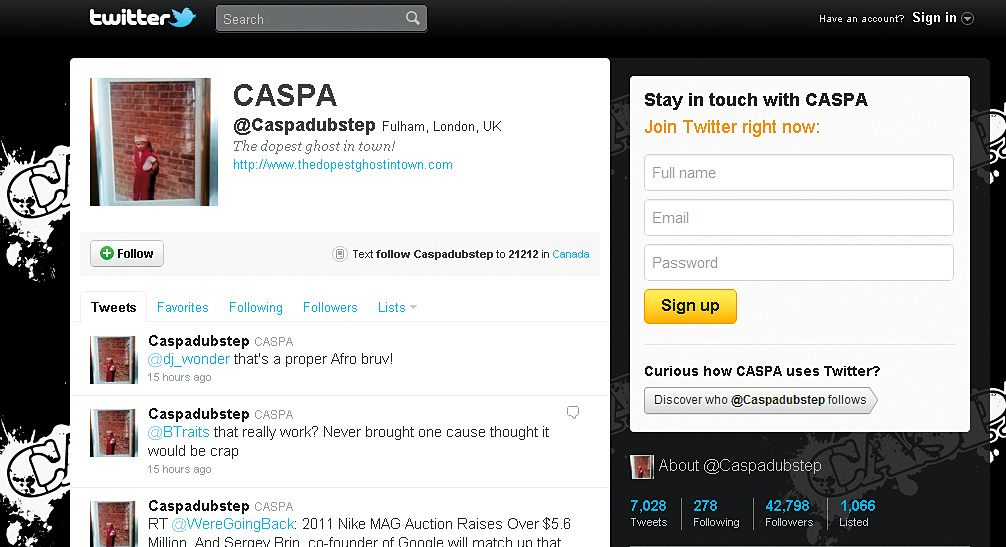
Stay in the loop
Having said that you must follow your own tastes, it's also worth stating that the more you're exposed to what's going on in the scene, the more relevant ideas you'll have to toy with. Sometimes it can take a long time for a new idea or concept to fully form, but the more you're exposed to other people's ideas, the more chance there is that something will trigger the thought that completes the puzzle, so to speak. Keep up with your favourite artists and DJs online - you'll probably want to interact with them when you have some music ready, anyway.
Mix and match
Mixing and matching different ideas is always a good technique when writing a dubstep tune. You might have two or three unfinished tracks gathering dust on your hard drive that could benefit from being consolidated into one big beast of a production, taking the best bits of each and ditching the rest. Or maybe you were impressed by the drums you heard on a bhangra record and the bass sound you heard on that new future jungle tune - try slamming both influences together in dubstep form.
Take your opinion to the bank
There's nothing wrong with following trends, but don't sideline your own personal taste and preferences in order to keep up with the crowd. What's popular is often what works, but if you have an inkling that there's a better or more interesting way to do something, then try it. Dubstep is a broad church and only a fool sets out to please everyone. Trust your instinct above all else and make a refreshing contribution to the scene. That's how trends start.
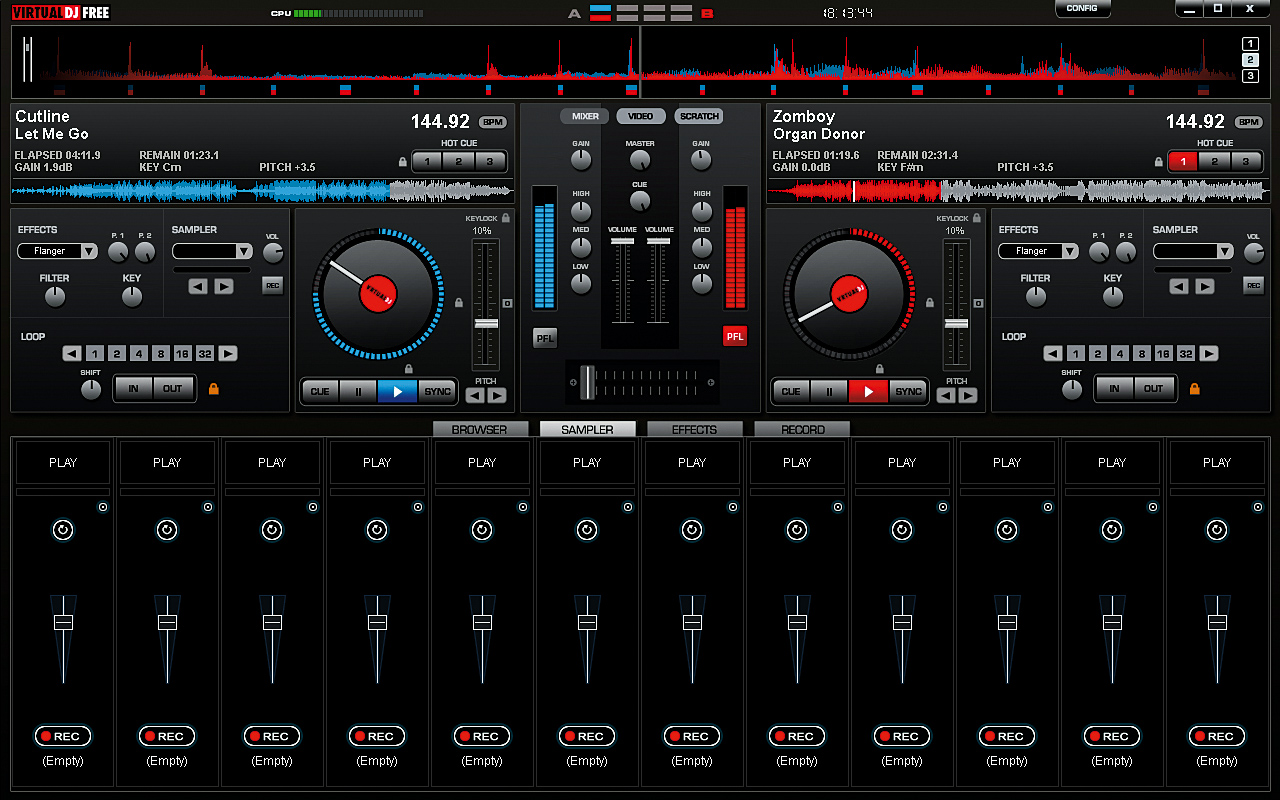
Learn to mix
You don't have to go out and buy the most expensive decks and mixer going, but it helps a lot if you can DJ mix for several reasons. It's easier to reference other tracks and compare them against your own if you can drop them into the mix together and hear first-hand how your productions stand up. Also, you'll get a feel for what it's like to mix your stuff as a DJ. This is important because if your track is difficult to mix, the harsh reality is that it will get played less frequently.
Liked this? Now read: How to make a dubstep bass sound
Computer Music magazine is the world’s best selling publication dedicated solely to making great music with your Mac or PC computer. Each issue it brings its lucky readers the best in cutting-edge tutorials, need-to-know, expert software reviews and even all the tools you actually need to make great music today, courtesy of our legendary CM Plugin Suite.










